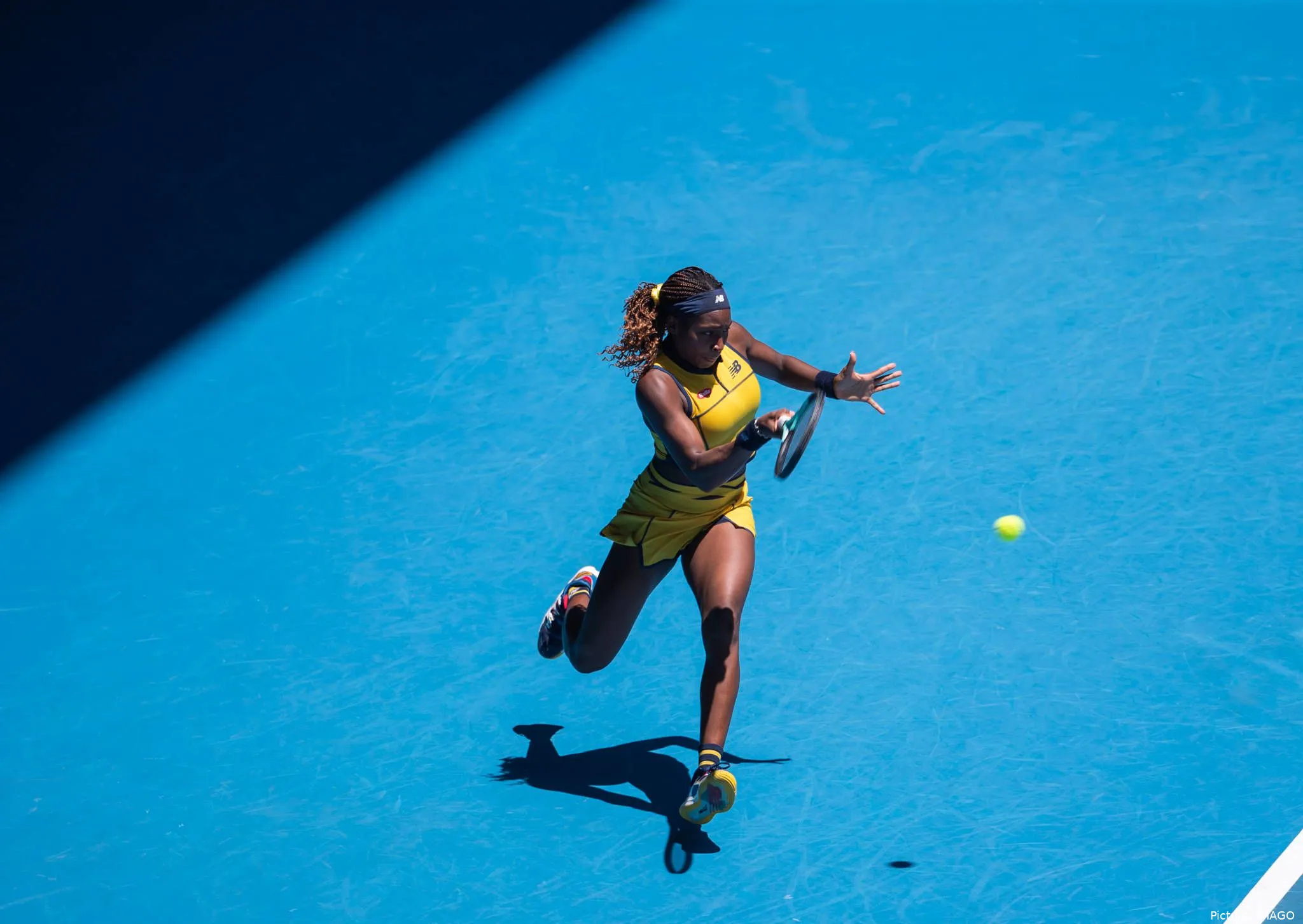"Everybody knows her forehand is weak" - Former coach of Pete Sampras weighs in on Coco Gauff's major flaw
WTASunday, 22 December 2024 at 14:05

Although tennis prodigy Coco Gauff has risen to the top of the WTA scene, her forehand could still use some improvement, and Robert Landsorp, former coach of tennis legend Pete Sampras had some advice on how to correct the issue.
Gauff finished the 2024 WTA season by winning the WTA Finals, defeating both World No.1 Aryna Sabalenka and defending champion Iga Swiatek en route to the title. The American rose to as high as World No.2 during the season, although she failed to successfully defend her title at the US Open in Spetember.
Read also
Correcting Gauff's forehand is simple, says Landsorp
Although the Atlanta native is known for her big serve and athleticism, critics often tend to view her forehand as her biggest weakness. However, Landsorp believes Gauff's coaching team could make some simple corrections in order to improve that aspect of her game.
"When [Coco] Gauff was a junior her coach had her try and hit a forehand like Serena [Williams],” said Landsorp. "But Serena has a different grip, so it never can be the same. Coco Gauff, everybody knows her forehand is weak, they have talked about it but they don’t know how to correct it. It is so simple to correct.
“You correct it in the first place by trying to hit at least 40 or 50 percent reverse forehand so it becomes natural. She is trying sometimes to hit reverse forehands, you can see her on the wide forehand, but it doesn’t look like she knows what she is doing. All she has to do is follow through down more, not like Serena [up high], with that grip where the ball sails on her.
“You have a very short hitting zone with that grip, it’s not like an eastern grip where you’re hitting zone is short. A reverse makes it worse, follow through down makes it work, as you still get through the ball a little bit."
“You correct it in the first place by trying to hit at least 40 or 50 percent reverse forehand so it becomes natural. She is trying sometimes to hit reverse forehands, you can see her on the wide forehand, but it doesn’t look like she knows what she is doing. All she has to do is follow through down more, not like Serena [up high], with that grip where the ball sails on her.
“You have a very short hitting zone with that grip, it’s not like an eastern grip where you’re hitting zone is short. A reverse makes it worse, follow through down makes it work, as you still get through the ball a little bit."
Read also
The Dutch-American coach would go on to explain this in detail, pointing out how the method helped his ward at the time, Sampras, improve his forehand.
"[Pete] Sampras hit it with a little shorter follow-through, his grip was not too western so he would hit a reverse like this,” recalled Landsorp. “I remember the first time he hit a reverse it was like 30 years ago, I fed him the ball fast and he hit a reverse forehand, and I’m questioning him ‘Why didn’t you move your feet?’, and he says ‘The ball skidded on the line’. When the ball comes low, and it comes fast and into the body that’s when you have to hit the reverse.”
claps 2visitors 1
Just In
Popular News
Latest Comments
- Well, that was ... all about nothing. Every excuse and future workout plan mentioned should have been dealt with a long time ago. R.I.P., Mark Petchey.
 mandoist22-04-2025
mandoist22-04-2025 - I hope Marion Bley is the Chair Ump for the Final. It would be Karma Served for Saba after her disrespectful 'performance' in the semi.
 mandoist21-04-2025
mandoist21-04-2025 - Coco needs to stop the Williams Hero Worship and play like 'Coco'.
 mandoist19-04-2025
mandoist19-04-2025 - Didn't expect issues between these two...SakkariFan2318-04-2025
- Send her a crate of deodorant DoveSakkariFan2318-04-2025
- Good to see, hopefully Sakkari can return to the form she deserves.SakkariFan2318-04-2025
- Shame no play on Friday but some line-up incoming..SakkariFan2318-04-2025
- Zverev's reaction lacked a bit of class this time around. He handled it better in Australia.MrAndreeva18-04-2025
- Funny from Dove & a corporate rarity.MrAndreeva18-04-2025
- Well, we all surely appreciate this bit of nothing. Go feed your kids.
 mandoist17-04-2025
mandoist17-04-2025








